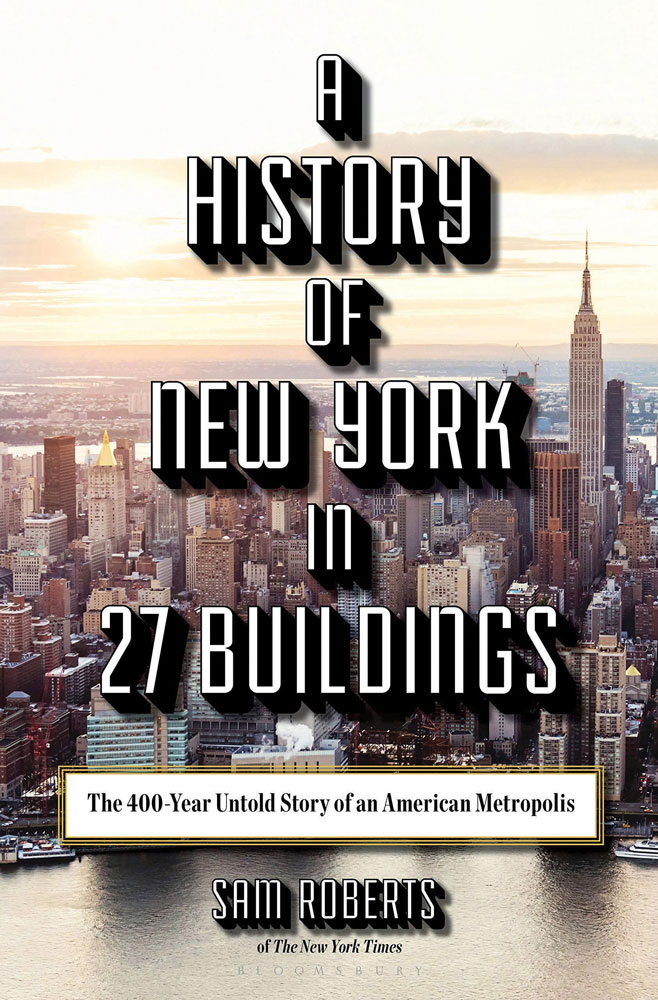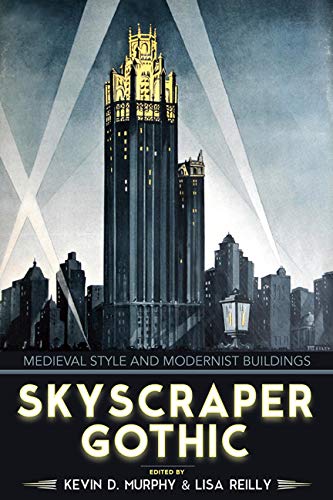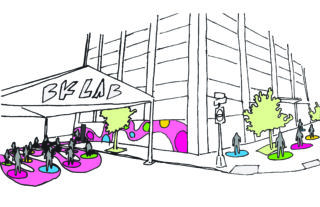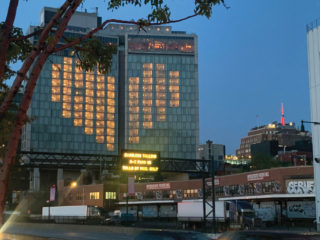
A History of New York in 27 Buildings, by Sam Roberts. Bloomsbury Publishing, New York, NY, October 2019. 285 pp.
Sam Roberts, a long-time features writer for the New York Times, tells the story of New York City through a look at 27 of its buildings. The implicit promise of the book is that the structures chosen have had an enduring influence on the city’s history and development. While this goal is unevenly met, what unites this volume is that each building has a story to tell.
Only a handful of the selections that Mr. Roberts highlights are the buildings we usually associate with New York. Rockefeller Center, the Chrysler Building, and the Metropolitan Museum of Art didn’t make the cut. A large number of his choices are unheralded. But this is a book about the stories architecture tells with an emphasis on their influence, their ability to survive and adapt to change, and their role in the city’s history. The theme that weaves throughout the pages is that buildings long outlive the purposes for which they were originally built.
The clustering of examples tends to fall into the following groups:
Reused, Revitalized, and Still Vital: 69 Street Armory, 60 Hudson Street, A.T. Stewart Store/280 Broadway, Grand Central Terminal
Historic and Symbolic of NYC: Pier A, Empire State Building, Flatiron Building
Influential (as to design and regulation): Apollo Theater, First Houses, IRT Powerhouse, Ascher Building (site of Triangle Shirtwaist fire, now an NYU building)
Part of NYC’s Historical Hub: City Hall, St. Paul’s Chapel, Tweed Courthouse (now Board of Education headquarters), Domino Sugar Complex (now multiuse), Federal Hall
Anomalies: 123 Lexington Avenue, 21 Stuyvesant Place (a rare diagonal street), Coney Island Boardwalk
Survivors: Bowne House (in Queens), Bank of the United States (on the Lower East Side)
Aside from being an enjoyable historical read, this book offers a lesson to architects: form and function matter, but stories sell.

Skyscraper Style: Medieval Style and Modernist Buildings, edited by Kevin D. Murphy and Lisa Reilly. University of Virginia Press, Charlottesville, VA, 2017. 228 pp.
This study, with additional contributions by Gail Fenske, Joanna Merwood-Salisbury, Katherine M. Solomonson, Carrie Albee, Anke Koeth, and Christine G. O’Malley, traces how the Gothic Revival of the mid-19th century was adapted to the Skyscraper Gothic towers of the 1890s to the 1930s. Into the 1930s, European modernism swamped the style, but these buildings remain the anchors and markers of modern downtown American cities.
The book also reveals how Skyscraper Gothic was diffused from New York and Chicago to Atlanta, Pittsburgh, and Los Angeles, and how it was adapted to uses other than the strictly commercial. Skyscraper Gothic became associated with progressivism, civic dynamism, and a city on the move. In many cases, it materialized the ambitions and goals of elites in promoting their own urban environs.
The Gothic was viewed as a rational choice for tall buildings, beginning in the mid-19th century. Gothic verticals with infill panels evolved quickly as development shot skyward after the Civil War. Structural honesty, verticality, the emphasis on height, and dynamic massing all contributed to the utility of the design approach and its popularity. New York, which led the way early in the 20th century, quickly responded with zoning regulations to have a positive influence on this growth.
The authors and editors cover some major achievements of the Gothic: New York’s Woolworth, Trinity Building, and U.S. Realty; Chicago’s Tribune Tower (including the drama and controversy); Atlanta’s high-rise City Hall; and Pittsburgh’s Cathedral of Learning at Pitt. The American Radiator Building in New York became part of the spectacle of the city and drew the interest of artists, who depicted it as a glowing shrine to the modern age. All of these analyses are well presented and make strong cases on behalf of the buildings.
What is most interesting is that many of these buildings still exist and are performing well. They continue to represent good roots for our urban environments.
Stanley Stark, FAIA, NCARB, LEED AP, (“Summer Reading”) has been associated with Oculus since 2003 as a writer and an illustrator. He currently serves as the Oculus book reviewer.
















